An Act for the gradual abolishment of slavery in Pennsylvania passed in 1780. What it stated was that the importation of slaves from overseas into the Commonwealth would cease. People in slavery born before this date could remain in slavery until they died or were freed. People born of slave parents after that date would remain “indentured servants” until the age of 28, then would be free. Erie County was settled around 1795; were there slaves here at that time?
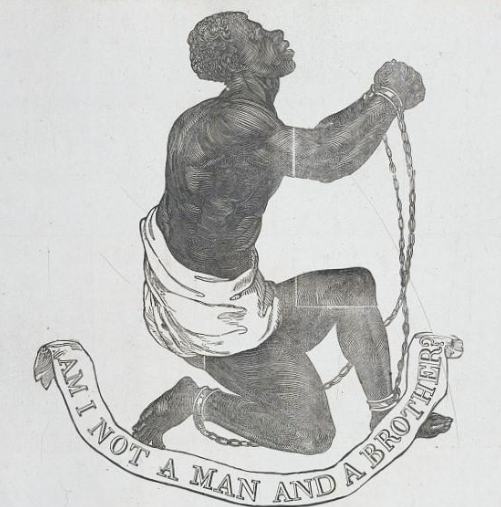
In 1996, the Erie County Historical Society published the book “Journey From Jerusalem” written by Sarah Thompson and Karen James. In it, they answer the question of slavery in Erie County with a “yes”. Names you may have heard of such as Judah Colt, P.S.V. Hamot and Rufus Reed all owned slaves. John Grubb did as well then later became an area abolitionist. The book is available digitally in parts and is well worth the read. I used it for much of the information I cite in this blog.
The people of Pennsylvania no longer owned slaves in 1808 and it was a Pennsylvanian who began the initial push for ending the institution nationally. In 1846, Democrat David Wilmot proposed an Act to outlaw slavery in the new US territories gained after the Mexican American War. This land eventually became most of Arizona, California, Nevada, Utah and New Mexico.
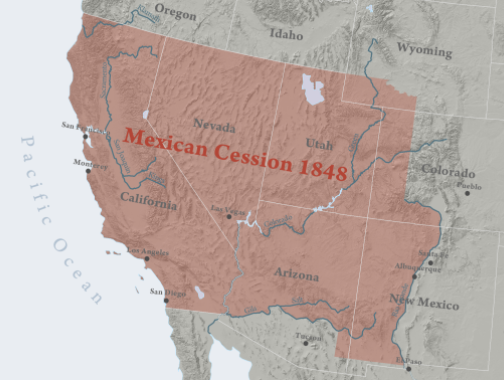
Here in Erie County, there were many who worked against slavery and the Fugitive Slave Law, which stated that any escaped slave was the property of the owner and if found, must be returned to the owner. All over the county, I have heard legends of an old home being part of the Underground Railroad (the unofficial route of passage from the deep South to freedom in Canada). Being that it was a secret system, documentation was never kept so we will never know the truth. Although the following has been documented:
- One of the earliest anti-slavery societies in Pennsylvania began in Erie in 1836.
- A bit later, anti-slavery societies formed in North East and Springfield.
- John Brown lived for a while in nearby Crawford County and his radical abolitionism (those who worked for the end of slavery) turned into violence later in Kansas.
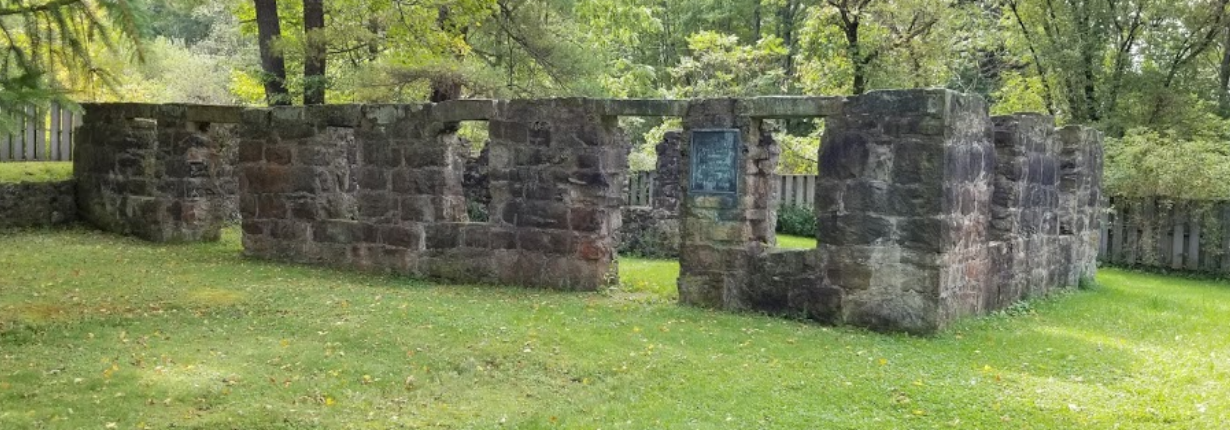
- Brothers Albert and Robert Vosburgh owned a barber shop at 314 French Street and provided shelter to runaway slaves. Harry T. Burleigh’s grandfather, Hamilton Waters was said to assist the Vosburghs in cleaning the clothes of those who sought shelter.
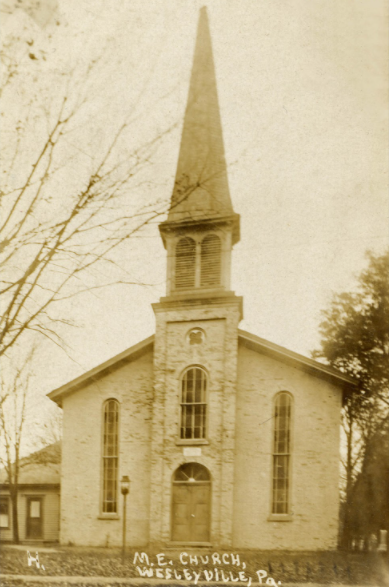
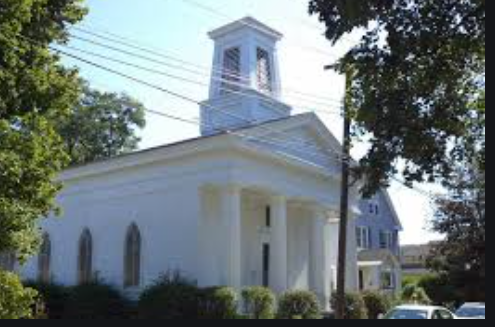
- Henry Catlin owned the “True American” newspaper in Erie. It was said he hid escaped slaves in his newspaper bins. Catlin brought former slave and outspoken abolitionist Frederick Douglas to Erie in 1858. Douglas gave a speech here, against some community resistance.
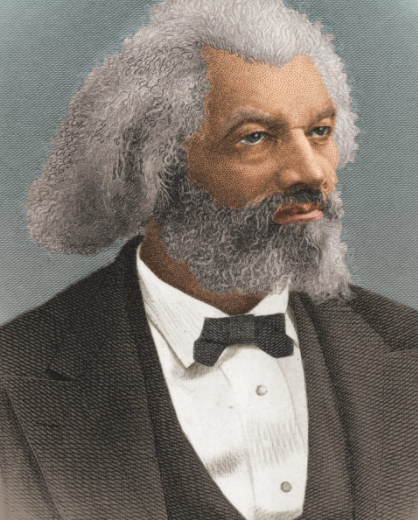
- Other Underground Railroad Station agents here in Erie County were William Gray, Stephen Lee, Hamlin Russell and William Himrod. These men risked fines and imprisonment for helping blacks reach freedom across Lake Erie.
- William Himrod formed the Himrod Mission Sunday School in Erie. Many area pastors still held prejudices against freed black worshippers joining their ranks. Himrod’s School began in 1839 and was still going strong in 1896.
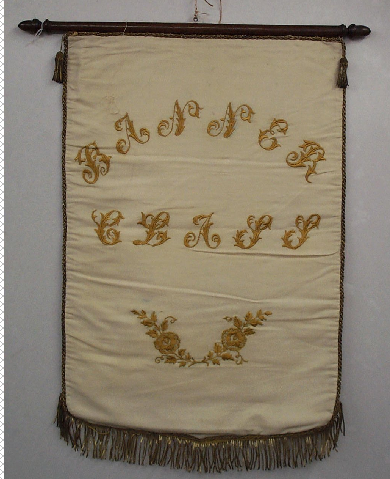
Free blacks did make their homes in Erie County, owning property and businesses. Former slave Bo Bladen purchased 400 acres of land around 1800 from the Pennsylvania Population Company. Bladen Road (a short road in Millcreek Township that runs between Cherry Street Extension and Heidt Avenue) was part of his large farm.
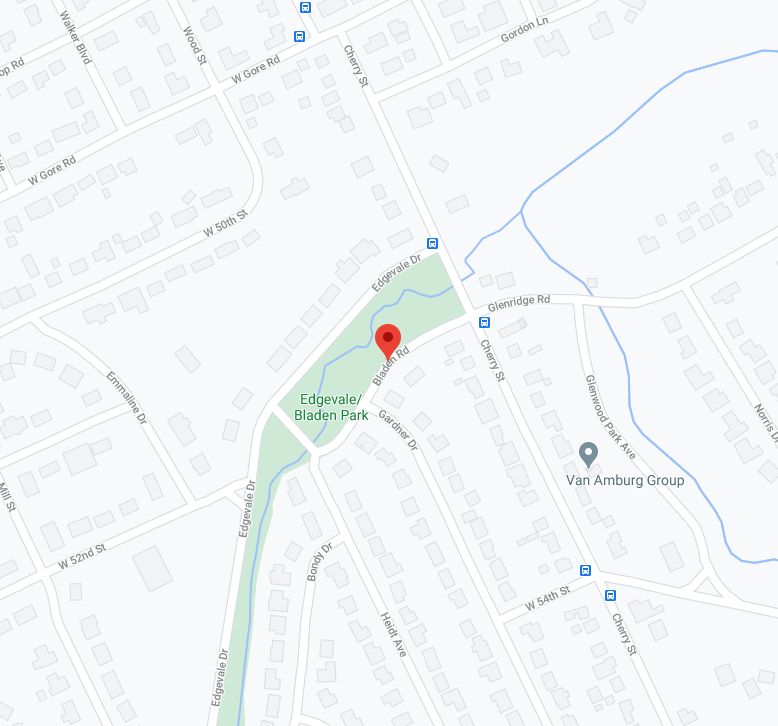
So, in my mind, we are all equal under the law; man, woman, white, black. Why the gender and race issues? Our black friends have had a horrible, long history of enslavement and discrimination. For the long life and happiness of us all, let’s do what it takes to end it now!
